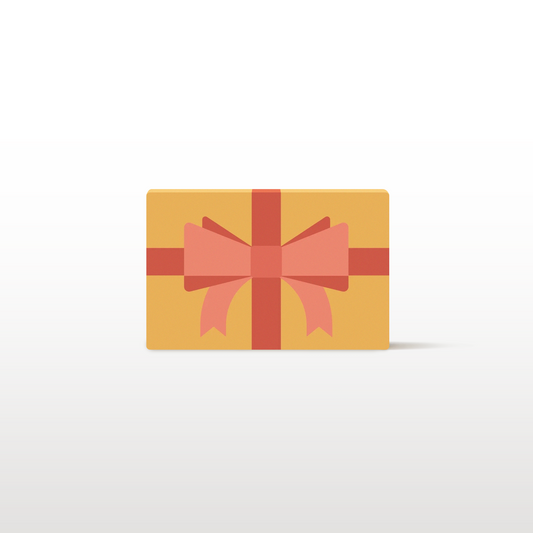LEONARDO CASTELLANI
Leonardo Castellani was an Italian painter, writer, and engraver. Calcography represents a very complex technique in which Leonardo Castellani distinguished himself with a unique and refined style, becoming a master in creating shadows without contour lines but using different shades of gray, giving a realistic and highly charming effect. Leonardo Castellani was born in Faenza in 1896. When he was 13 years old, his family moved to Cesena, where his father, a cabinetmaker, began teaching at the Industrial School, where Leonardo himself graduated in 1913.
During his adolescence, he showed a great interest in every form of art. In fact, he experimented with various artistic techniques: wood inlay, sculpture, painting, ceramics. But also writing, reading, watercolor, and etching. After graduating, he enrolled at the Academy of Fine Arts of Florence, where he met the artist Osvaldo Licini and enrolled in the sculpture course of Libero Andreotti.
In 1915 he was called to arms and in 1920 he was discharged and temporarily moved to Rome, where he met Giacomo Balla and Filippo Tommaso Marinetti, exponents of Futurism, who influenced him in the creation of the artworks The Woman and the Fountain and The Violin Player.
In 1925 Leonardo Castellani participated in the Biennale di Roma and the following year also in the Biennale di Venezia. During a period spent in this city, he met Vincenzo Cardarelli and Ezra Pound, whose portrait he made. He began making ceramic works for construction and in 1928 started teaching decoration and ceramics in Fano. During this period, he created his first engraving works as a self-taught artist. His first etching is a landscape dating back to 1928. His preferred techniques are drypoint and etching. After the 1930s, his style became more original. He began engraving landscapes rich in vegetation with shadows and lights. The talent shown in this technique earned him the chair of Calcography at the School of the Book in Urbino. Here he taught the calcographic technique for 38 years to artists such as Nunzio Gulino, Arnoldo Ciarrocchi, Renato Bruscaglia, Enrico Ricci, Walter Piacesi, Adriano Calavalle.
Leonardo Castellani founded the graphic magazine Valbona, among whose members was also Leonardo Sciascia. He had an important artistic, literary, and engraving collaboration with him. We recall, in this regard, the artworks Soldato Seis and Sambuca. During his life, the artist produced more than 1500 plates and held 56 solo exhibitions and 158 group exhibitions between Faenza, Urbino, Klagenfurt.
Leonardo Castellani died in Urbino on November 20, 1984.










